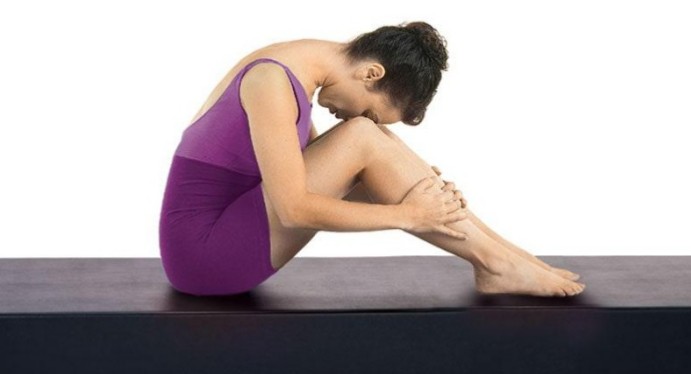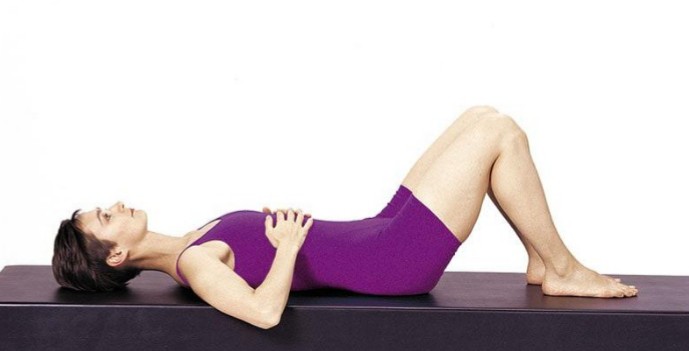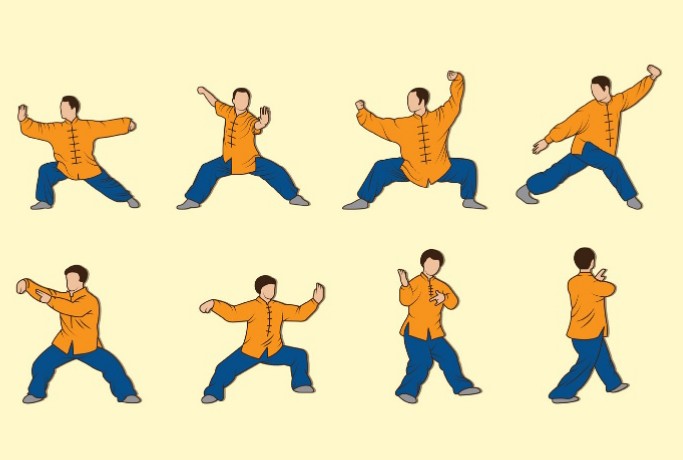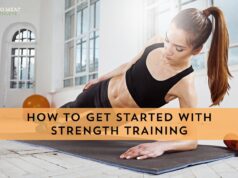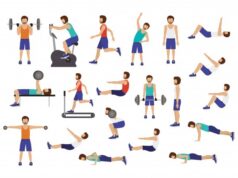Breathing is such an essential part of our lives but we do not pay attention to it. We breathe in a shallow way throughout the day, it is only during exercise or some exertion like running, jumping or meditation that we breathe in and breathe out properly. Many of us don’t know that breathing is related to do many aspects of our life both mentally and physically. When we are scared, our heartbeat increases automatically; when we need the energy we take short breaths and when we have to calm, we take deep long breaths to stimulate our parasympathetic nervous system. There are many debatable breathing techniques.
All physical activities like swimming, boxing, or fighting need good control over-breathing. A deep breath can boost your stamina, reduce anxiety, and makes you unstoppable. The ability to take a deep breath can help you win. Deep breathing exercises also increase your lung capacity besides the above benefits.
A deep breath provides immense energy to the muscles during a workout. The use of energy at such a time of physical activity is called aerobic respiration. The energy is accessible in the form of ATP which powers up the muscle. This technique is very ignored but is very useful. Some benefits include – reduced stress, more stamina, improves shortness of breath, boosts recovery speed, improved endurance, grows muscle strength, better digestion, and controlled blood pressure.
Autonomic Nervous System(ANS) – The process of breathing in and breathing out properly is an art and completely depend on ANS. ANS controls our digestion, heart rate, and blood pressure. It’s two parts – sympathetic and parasympathetic. The sympathetic part is responsible for increasing your heart rate in stressful situations and the parasympathetic is responsible for the restoration.
Diaphragm – Belly breathing or pranayama in yoga is used to breathe using the diaphragm to expand the ribs and exhale using the abdomen. There are four diaphragm –
o Cranial: connective tissue inside the skull
o Cervical: maintain the pressure between the cranium and cervical spine
o Thoracic: this lies in the abdominal region and divides the thoracic and abdominal region
o Pelvic: pressure controller between pelvis and abdomen
Concentrate on abdominal and pelvic diaphragm during a breath as they are responsible for contraction and expansion. When the abdominal cavity is filled with pressure, the thoracic chamber is free – heart and lungs. The reduced pressure allows air to flow in easily.
If you have your workout scheduled and you do not feel like doing anything, there is a way to boost your mood. Here are some exercises to boost your mood instantly before, during, and after the workout.
Warm-up breathing – This helps you begin with energy when you inhale all the air inside to boost your nervous system. Bellows breathing or Bhastrika in yoga gives an instant energy boost.
Process
▪ Sit with a straight back comfortably, place your hands on your knee, and relax your shoulders. Take a deep breath through your nostrils – filling your lungs.
▪ Get ready to exhale – exhale quickly all the air using your nostrils to empty your lungs. Empty in such a way that your abdominal muscles contract. Now, again inhale with your abdomen relaxed.
▪ Do this entire process ten times. Don’t move while doing this asana.
Feel this from inside which will make it more worth it. Start doing this and it will replace your morning coffee and afternoon sleep.
Breathing technique for weight lifting – In the eighteenth century, Antonio Maria Valsalva, an anatomist, wrote about Valsalva Maneuver which is holding the breath while lifting weights. This is usually used to take out pus from the ear by closing the mouth or by pinching the nose. While lifting weight happens naturally causing the abdominal cavity to create pressure, thus supporting the back. If you practice this then you should immediately give up this habit as it causes a rise in blood pressure affecting your heart.
The safety of this breathing technique is still a matter of study. This increases the risk of heart attack and stroke as it boosts blood pressure. Therefore, knowledge of the correct technique is very essential. To avoid any risk, practice normal breathing during weight lifting.
Process
▪ Take a deep breath before lifting a weight.
▪ Now, start releasing the breath as you lift the weight. For example, pushing away during a push-up.
▪ Again breathe in when you release the weight. For example, when you go down during a push-up.
Cool down breathing – Now, you are done with your workout and it’s time to relax and calm down. Your pulse is elevated and sweat is dripping, don’t go and bathe. Cooling down is also a part of recovery and is more important than an evening workout. Here are some breathing tips to calm your body and mind. Diaphragmatic breathing, also known as belly breathing after a workout helps your blood pressure to stabilize and normalize your heart rate.
Process
▪ Stretching is an important part of daily recovery, after you finish it take a short walk or just sit quietly to normalize your heart rate then lie down with your knees bent.
▪ Put one hand on your chest and the other just below the ribcage.
▪ Take a deep breath, the hand on your chest should be still while the hand on your belly should move upwards.
▪ Now, let out the air through pressed lips emptying your belly. Do it several times.
This is the best way to release stress and calm your mind. It is also useful in times of anxiety.
There are other types of breathing exercises as well –
● Guided meditation technique: This is usually performed under the guidance of an expert or audio guidance from an app such as Headspace. You can also use your audio. Close your eyes and think about anything positive such as beautiful scenery. Delete all the negatives and redirect yourself to positivity which will fill you with refreshment.
● Tai-chi: This technique has to be relaxed, focused, and continuous. Relax your body, put your tongue on the surface of the mouth, inhale and exhale using nostrils. Do not use your mouth at all. Take long breaths and focus on belly breathing.
● Relaxation technique: This is another amazing way to relax your mind and body from head to toe. If you do it correctly, you will find tension leaving you. Sit straight, close your eyes, breathe in the air using abdominal and pelvic diaphragms, and focus on relaxing yourself for three seconds then exhale. You can start relaxing your body from your toes and then move to other parts. When finished, you will find yourself relaxed.
Don’t take unnecessary risks while weight lifting as the body is already going through a lot. You should take good care of yourself to recover so that you don’t fall sick or do not cause any injuries. So the rule is – warm-up, workout, and cool down.
Understand strength training –
https://strengthtrainings.com/2020/12/20/strength-training-at-its-best/
